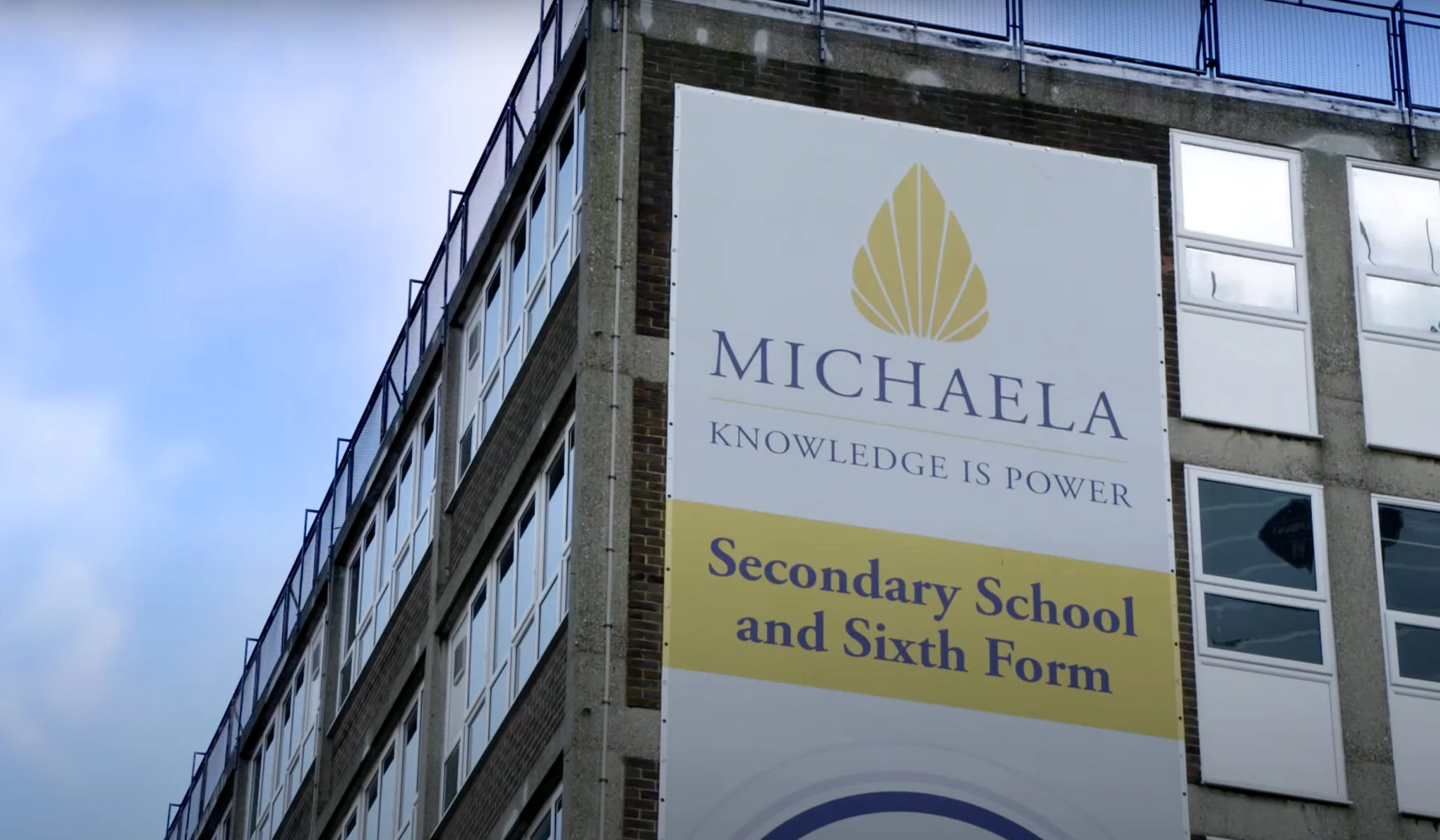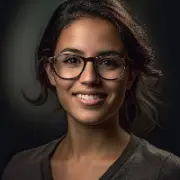Last month, I had the opportunity to visit Michaela School in London, England, an institution known for its strict academic culture and commitment to excellence. The school, which serves about 800 students between the ages of eleven and eighteen, is located near Wembley Stadium and is led by Katharine Birbalsingh, who has gained a reputation as “Britain’s strictest headmistress.” I spent an entire day observing classrooms at Michaela, which was an uncontrolled visit, indicating that the school leaders are confident in their practices.
Michaela School has become a cult favorite among some American educators due to its focus on direct instruction, character formation, and student discipline, reminiscent of “no excuses” charter schools like KIPP from two decades ago. Birbalsingh is a vocal critic of progressive teaching methods and regularly comments on issues related to race, class, and social issues. The school’s approach to education has resulted in some of the best student outcomes in the U.K., despite serving mostly disadvantaged urban students.
My visit to Michaela School led me to believe that America needs a similar institution. The adoption of universal education savings accounts (ESAs) in several U.S. states has created an opportunity for affordable private schools to emerge. ESAs allow parents to opt-out of the traditional public-school system and direct state funds towards their child’s education. While ESA supporters have focused on the ability to customize education, most working families still need their children to attend school during the day, limiting the potential uptake of ESAs. The greatest opportunity associated with ESAs is the potential to jumpstart and grow effective and affordable private-school models that even the charter sector would be hard-pressed to match.
Birbalsingh is open to scaling her model but is fiercely protective of its high standards and distinctiveness. While she expressed doubt that she’d find enough teachers willing and able to teach “The Michaela Way,” I believe there are many American teachers struggling with deteriorating student behavior and feeling out of sync with pedagogical fads and fashions who would flourish in a Michaela-like setting outside of the public sector. Michaela’s emphasis on rich curriculum, academic rigor, character education, and “small-c conservative” values would also appeal to inner-city families who prioritize safe and orderly schools and upward mobility.
There are considerable hurdles to building networks of modest-cost private schools in the U.S., such as real estate, but ESAs provide a unique opportunity to create strong institutional alternatives to the public system. Education philanthropists may have a role to play in assisting, particularly those who’ve grown disenchanted with their inability to drive lasting change in the public sector.
In conclusion, America needs a school like Michaela, and Birbalsingh should consider bringing her model to the U.S. Given the appetite and political will of states such as Florida and Arizona to challenge the hegemony and complacency of traditional public schools, now is the time to act.

